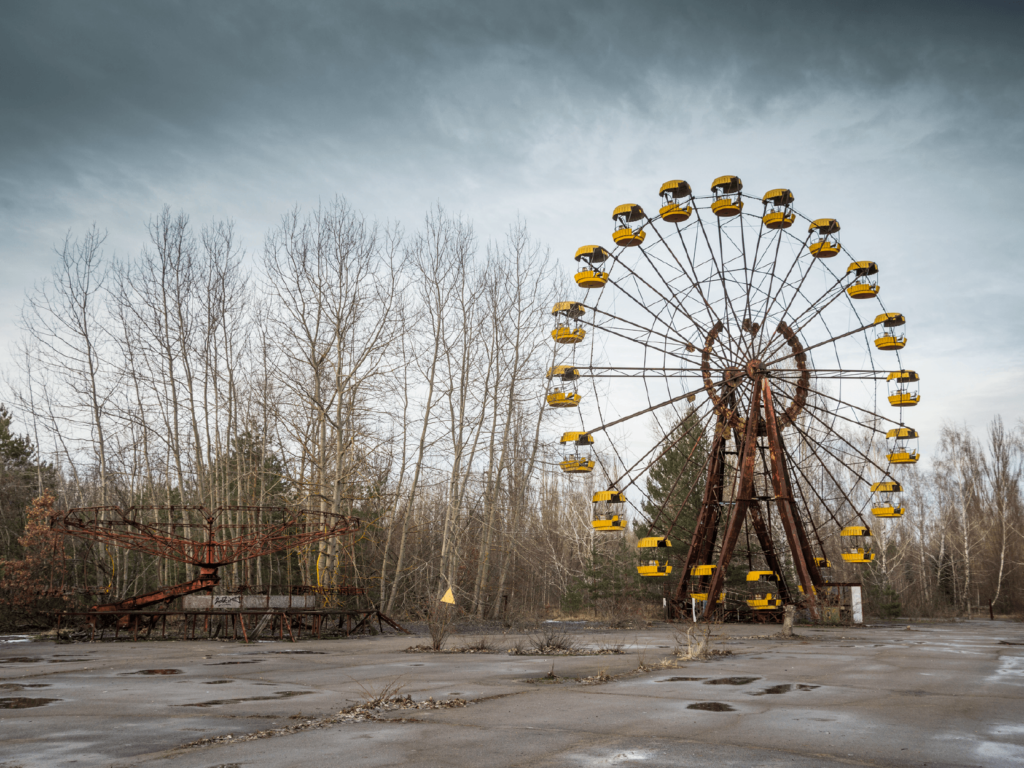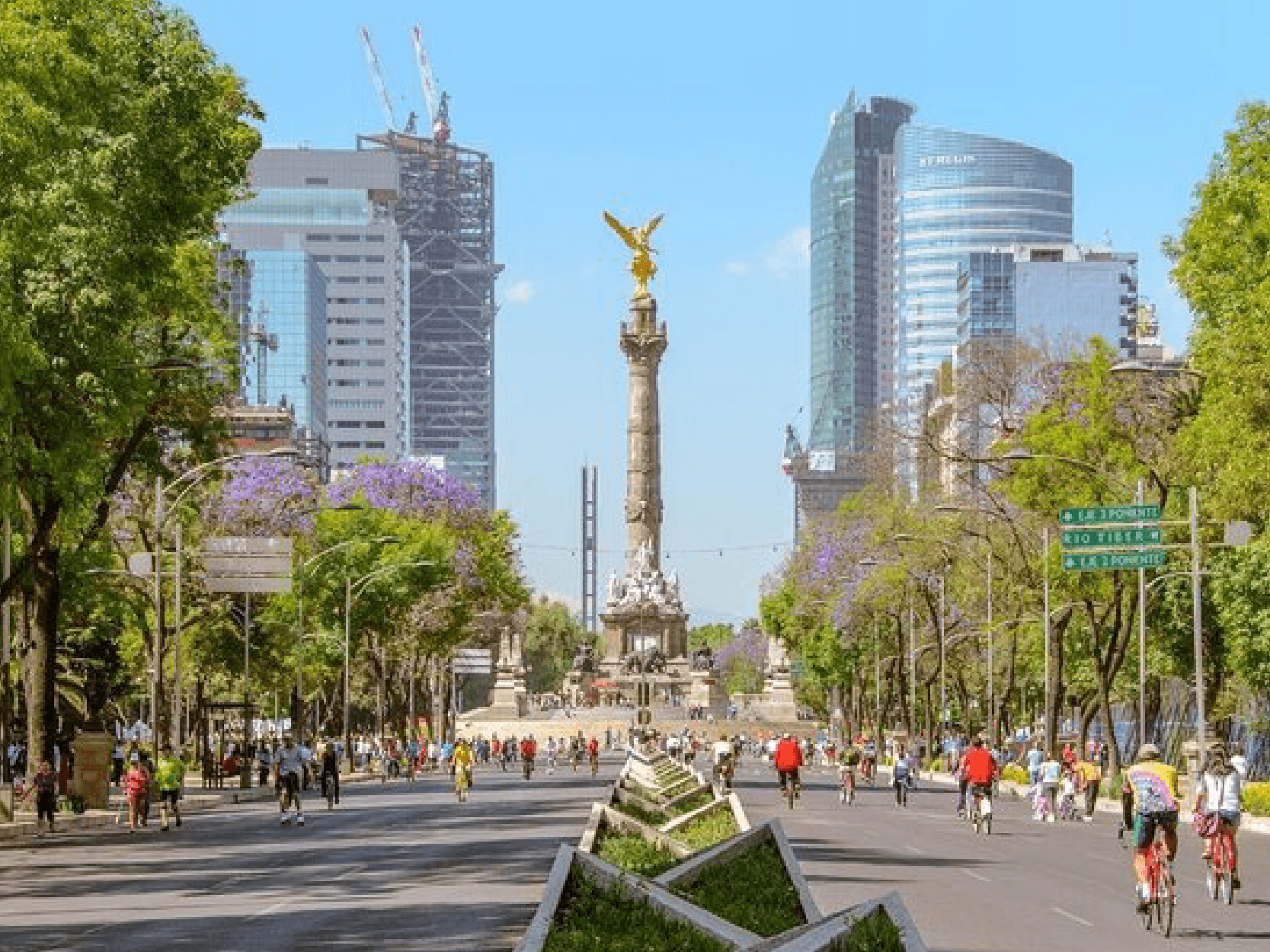Every year thousands of people plan their vacations in search of adventure. It is common for people to look for destinations such as beaches or a city to get to know its historical sites where the objective is to practice memory and gain awareness of the past.
This is known as memory tourism; that is, educational tourism. A “white” branch and practice of tourism, which seeks to leave a message of ethics, peace and honor. Although many travelers prefer to seek historical sites such as churches, temples, parks, etc., there are also those who seek the most unhappy places in history: places where there are victims of catastrophes, atrocities, natural accidents, deaths, and more. From Auschwitz, Chernobyl, the 9/11 National Memorial known as Ground Zero or Hiroshima, among many others. This is known as Dark tourism or Thanatotourism.
Dark tourism has been on the rise since the beginning of the 21st century, due to the fanaticism to this darkness and, in part, due to the cheapening of the means of transportation. Even so, this new branch began to capture academic attention since the 1990s.

What is Dark Tourism?
Academics John Lennon and Malcolm Foley, who published the book Dark Tourism: the attraction to death and disaster in 2000, first defined thanatotourism as what we know today: “a tourism practice developed around places where events related to death, usually violent, suffering, tragedy or the macabre have occurred,” they say.
Lennon and Foley point out that this is not a new phenomenon, as there is evidence that this practice was known as far back as the Battle of Waterloo in 1815, where the upper class watched this bloody event from their carriages on the edges of the countryside. It was even found in practices that we see portrayed in series and movies all the time, when criminals were taken to the gallows and the common people watched the macabre spectacle. Even if we go back even further, we find the bloody spectacles in the Roman Colosseum.
Both scholars were in search of an answer; what was the motivation behind this practice? Years later, in 2005, Professor Lennon wrote an article for The Observer, where he concluded that the motivations for this practice are difficult to understand and unravel: “it is something murky, a mixture of reverence, voyeurism and the desire to get close to death,” he said. Dark tourism has been the subject of academic debate in recent years, but why it has become so popular remains elusive.
One thing we do know is that, naturally, humans enjoy understanding and learning about the past, but we also love to be morbid. Much of the allure of dark tourism is based on curiosity, exploitation, dominant ideologies, awareness and, with the advent of social media, the exposure of this practice has increased.
Dark tourism has become a social phenomenon across the globe, with destinations varying between different religions, ideologies and dominant belief systems juxtaposed with the way in which tourism operatives choose to represent them. Usually these spaces are governed by the ideological interpretation attached to them by the operatives or the government, which opens the doors to dilemmas, debates and socio-historical controversies and became part of the charm of this way of traveling and getting to know new destinations.
It is inevitable to mention that being a big tourist business, with more than 900 destinations in 112 countries, there appears an intention to declare historical spaces closed to the public as tourist spaces. That is why many consider Dark Tourism as unethical and moral, which contributes to trivialize events such as human tragedies.
You will probably know, or have heard, of the most iconic destinations frequented by Dark Tourism. For example, the catacombs of Paris, where in 1786, with the intention of fighting epidemics and diseases, they decided to dig 300 kilometers of catacombs and bury all the corpses there. Or the very famous Sedlec Ossuary, where more than 40 thousand human skeletons are artistically placed with the intention of decorating the chapel. Or, of course, Auschwitz, the largest concentration camp and the largest extermination center where Nazism killed more than a million people. In Mexico, for example, one of the points of this tourism is in Tepito, with the celebrations of Santa Muerte.
Regardless of the type of tourism you like, Virtual Homes is ideal for you, as it is that home away from home that you can get to after a long adventure. Beyond giving you a bed to rest in, we give you the opportunity to live a stay like a local, but with all the amenities that a hotel offers. Thanks to this we are the leading company in America for short and medium term rentals.







